The gaming world as we know it today is a very different phenomenon than what it used to be. Today, a large proportion of video games are large-scale, open-world giants with a huge amount of content and massive time sinks for our limited daily hours. A lot of games releasing can average roughly around 30-40 hours of playtime minimum to witness and complete the majority of the their content, and some can frequently eclipse 80-100 hours. While this may seem initially fantastic — and for many people, it really is — for others like myself, it’s starting to take a real toll on my enjoyment and satisfaction from playing, despite offering exceptional value for the price.
Most games now are behemoths, requiring a huge amount of commitment of both our time and our energy. Frequently requiring us to dedicate our restricted number of leisure hours, they can be a daunting demand in comparison to a few years ago, a period when games could be enjoyed more leisurely and with less required of us to embrace them. I wanted to explore this shift in how current-gen games have a vastly different design compared to previously, and see if we may be due a resurgence for shorter, more compact and more compelling experiences than we are being exposed to presently.
The Established Norm
The years between 2007-2013 saw the linear, roughly 8-12 hour video game reach its established peak. Coming fresh off of the heels of the goliath which was Call of Duty 4: Modern Warfare, the PS3 and Xbox 360 era saw the release of an incredible roster of tight, compact, and relatively short video game experiences. In the span of these six years, we were delivered remarkable adventures in the shape of the BioShock franchise, various Call of Duty campaigns, the Killzone series, God of War 3, the Uncharted series, and even underappreciated gems, such as Vanquish and Spec Ops: The Line, to name but a few.
The end of this time period also saw some of these franchises arguably reach their narrative climax. Take the universally glowing reputation that World at War’s campaign received, Uncharted 2: Among Thieves being considered one of the best games of its generation, BioShock: Infinite with its unforgettable twist ending. Excluding their multiplayer and co-op components for a moment, these games delivered a linear structure of single-player action that I don’t personally feel has been matched since. I still distinctly remember *that* reveal moment at the end of Spec-Ops, so integral to its core concept it was woven into the fabric of its run-time. We as a community still get goosebumps from the simple phrase of “Would you kindly?” and how it dramatically altered our perception of video game autonomy. Even looking towards the hype around Halo 3 to “Finish the Fight” or the moment Dom sacrificed himself in Gears of War 3, these were emotive moments that resonate even more strongly because we weren’t bombarded with fluff; we were given handcrafted moments to fondly remember.
My point is, these games reached the height of their success because of the work and love that was invested into their single-player campaigns. They were relatively short, but they were packed to the rafters with quality and care. Many of these games held as many intimate moments of reflection as they did blockbuster, screen-bursting action sequences. The pacing of the moment-to-moment story was perfected, the development of heroes or villains was rich, the enjoyment of their sequences was unmatched. Then, built on the shoulders of these excellent games came one of the pinnacles of the linear, story-driven experience: The Last of Us.
Each of these games was more than worth the price of admission at the time, usually around $50-$60. They created emotional connections, characters we cared about, and story endings we yearned to see but were disappointed to witness end. Metal Gear Solid 4 was a game that defined the previous generation of consoles for me; it’s one of my favorite video games of all time, and at one point, I had finished it on the hardest difficulty in under 4 hours, having replayed it almost 14 times.
So what changed in the intervening period between 2013-2017? Open-world and large-scale video games had definitely existed before then, and arguably, there were even more substandard games then there are now. Some games breaking the 100+ hour mark for completion wasn’t particularly novel, either. However, I believe these were the years that defined the shift from focused, single-player experiences with limited time requirement to the expansion of games in size, costs, and in some cases, even quality.
The Rise of Open World
The release of Fallout 3, which was to be followed by the seismic The Elder Scrolls V: Skyrim, put into motion the early changing of the metaphorical guard from the aforementioned linear video game into the new, altogether larger, open-world paradigm of video game design. With developers such as Ubisoft and EA seeing the power of the new generation of consoles, bigger and shinier became the new order of the day. Open-world games appeared to flood into the market from 2014 onwards.
Watch_Dogs 1 & 2, The Division, The Witcher 3, Assassin’s Creed: Unity, Syndicate and Rogue, Grand Theft Auto V, Far Cry 4, Dying Light, Mad Max, Middle-Earth: Shadow of War, Ghost Recon: Wildlands, No Man’s Sky. The list could reach unfathomable lengths. Established open-world franchises flourished as gamers flocked to pick up the next release, clamoring to get the most content for our hard-earned cash. Even traditional series, such as Metal Gear Solid and Ghost Recon weren’t immune to the lure of the open-world design, with The Phantom Pain and Wildlands pursuing this endeavor with differing success. The scale and sheer level of adoration of huge video game landscapes can also be reflected in the game of the year contenders of the last few years: Horizon Zero Dawn, Fallout 4, Assassin’s Creed: Origins, The Witcher 3: Wild Hunt, The Legend of Zelda: Breath of the Wild, The Phantom Pain, Final Fantasy XV, and Batman: Arkham Knight were all frequently discussed and deemed worthy of the accolade.
This dramatic change in the way developers approached delivering video games to their audience has been negotiated from a few different perspectives. For example, a larger, more expansive and open map allows for more gameplay opportunities and mission variety. It’s far easier to pack smaller and larger tasks into an overarching map than have to create each one individually within a particular level or restrictive segment. Additionally, the rise in developing, creating, and producing games has been increasing as the popularity of the industry has skyrocketed. Games are now multi-million dollar investments, which means publishers were looking for methods to increase their revenue pool from each product. Open-world games therefore made more sense going forward, as they are much easier to monetize and create paid short-cuts for. The final point I’m going to explore is the notion that linear games and single-player experiences simply became unpopular, no longer the golden child of the industry.
Filling the Quantity With Actual Quality
While many of the previously mentioned game of the year contenders have been outstanding in their own right, with some of them even being a part of my contenders for best games of all time, this shift in design has also brought with it a multitude of issues. The first and most notable problem for me has been the gluttonous implementation of filler content: huge, expansive maps covered in needless icons, utterly pointless and unsatisfying collectibles, side content relying on depressingly boring fetch quests or menial tasks. Grinding has become part of the regular game experience now, filling XP bars to unlock inorganic skill trees. While not as prominent in something like Breath of the Wild or The Witcher, filler content has decimated the enjoyment of potentially excellent games like Watch_Dogs or Wildlands, with some of the worst offenders being Assassin’s Creed Unity and Rogue (really, 200 animus fragments?!). Unnecessary padding had been prevalent in many games beforehand, but the alarming increase in the frequency of it being used had certainly been noticeable.
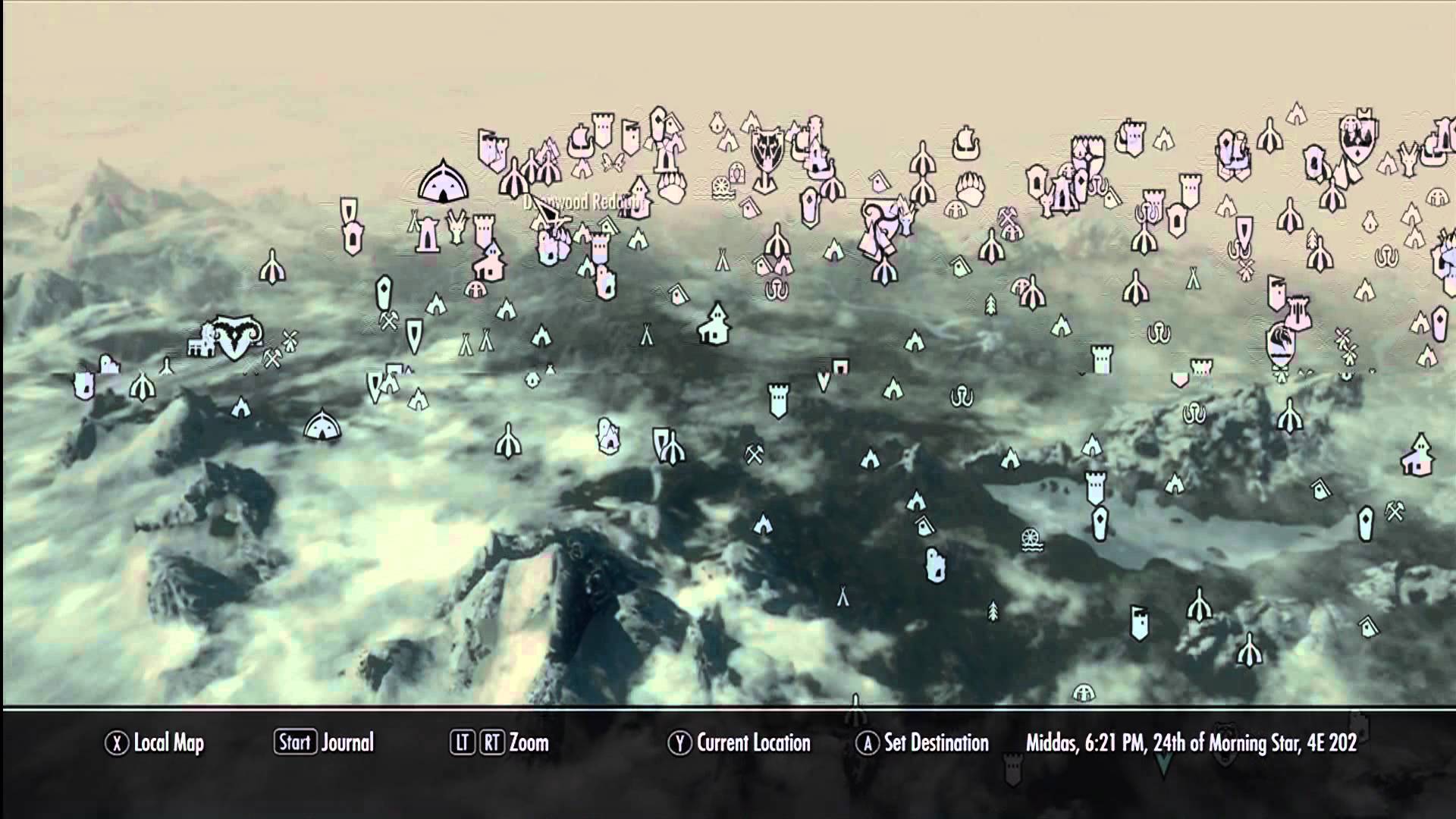
It would be a fair accusation to say that much of the side material developed for these gargantuan games is largely blubber, the majority proving to be cheaply and sloppily executed. Sadly, this created the significant problem of games having artificially inflated run-times, where the meat and satisfactory course of the main game remain relatively short but are buffered by all the unnecessary busywork. The main story then started to suffer as result — it’s hard to take the end of the world or the hero’s quest to save a realm seriously when you can run around for 3 hours collecting feathers or completing odd jobs for random NPCs. Who could forget the infamous fetch quest from Dying Light that tasked players with the heroic and immediately urgent task of … gathering coffee beans.
Personally, I found this busywork started to break my immersion in the world and my empathy with the core cast. For example, when returning to the main quest line in AC: Origins, I could sometimes have forgotten which major figures I was undertaking my Medjay work for by the time I’d finished clearing out those 10 extra side quests I’d unlocked. All of this was relatively forgivable at first; the odd, boring side experience in Fallout 3 or The Witcher could sometimes emphasize just how fantastic much of the content was. But in games like Shadow of War or Wildlands, they’re forced into the main path of progression and diminish what would otherwise have been a compelling experience. This is where I feel the loss of linear experiences hindered some of these more recent games, detracting from the quality of their core gameplay loop and integral story.
An Open World, an Open Wallet
Filler content didn’t prove to just be a bane towards our time, however; it also became the means through which many of these open-ended and large-scale games began to monetize their designs, alongside multiplayer components. Some means through which games inflated their length was to utilize XP bars, experience points, and branching skill trees that could fill multiple screens. These were far less prominent in the years prior to 2013 — especially in single-player campaigns for the FPS and third-person action-adventure genres.
The increase in their use allowed the development of microtransactions to speed up player’s progression — XP boosts, in-game currency double earnings, purchasing top-tier weapons through pre-order deals, or in-game stores all started to become frequent. Normal. Expected. The casual player with extra disposable income had the means at their fingertips (or credit card) to buy their way through the unfulfilling side content. No game in the last few years better exemplified this than Shadow of War, whose final act for many players was a tedious chore to play through, suspiciously designed to cater to those who were willing to unlock their bank account for a quicker ride through. It undercut its core gameplay and diminished people’s satisfaction with what would otherwise have been a brilliant experience.
While it may have made sense from a business perspective for companies to pursue this form of design, it created sandboxes devoid of interesting, quality moments. So many forgettable quests, lost opportunities, and miserable grinding just to reach the next section we actually wanted to see. As a trend, microtransactions are showing little sign of truly slowing down their march, so open-world time-sinks are likely to continue to be the flavor of the day so that some developers can continue to hoover up their profits.
So Linear, So Mainstream
Another reason for why we witnessed an influx in overly indulgent game design around this period was the interesting change in players’ expectations and desires from their standard video game experience. Around the time of Skyrim’s release, people became dissatisfied with 8-10 hour, highly structured and restrictive games. Call of Duty single-player offerings became criticized for being too scripted, repeating obvious and done-to-death set pieces, offering bombastic action that had lost its luster because of a lack of agency and choice. Gamers became disillusioned with corridor shooters, funneled action games and bottleneck entertainment that offered little variety. Generally, the linear video game became stale, lacking the fresh ideas that revolutionized the gaming industry and catapulted them to be king of the hill.
People wanted vast landscapes, freedom of choice in gameplay, and a more casual-friendly sense of easy progression through a video game’s content. It became mainstream to pour vitriol on yet another “Halo clone” or “wannabe Call of Duty,” to the extent that many players no longer wished to pursue traditional games. With this in mind, it was the perfect opportunity for teams to create a new “norm” — and so began the shift in focus.
Freedom of choice and autonomy to play the way we wanted became powerful selling statements on the backs of boxes. Series like Far Cry and singular games like No Man’s Sky offered us a previously unimaginable level of immersion and belief in our own ability to control our fate. It was the perfect foil for the tightly woven and restrictive games that had dominated before them. Pouncing on this newly discovered popularity, open-world games surged to the top of charts and received rave reviews.
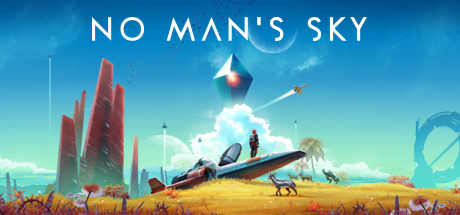
Nowadays, we can see that much of this notion of autonomy became something of an illusion. Sure you can take any means of transport to attack an outpost in Wildlands, but why would you when the ground vehicles handle horribly and a helicopter gets you there 10x faster? Of course you can ignore all of these monotonous side quests, but what if I lose out on all the best items in the game? Absolutely, I could choose to scout out a location before laying siege in Mad Max, but what’s the point when it all plays out the same way as it would by steamrolling straight in? This conflict in the game’s marketing versus its actual offering created experiences with a void of real engagement. You have choice, but it’s an artificial, largely meaningless choice, initially promising but over an extended time, devolving into routine.
Are We Due an Influx of Smaller, Linear Games Again?
Moving into 2018, we’ve already seen a couple of hugely ambitious, time-consuming games be released: Monster Hunter: World and Far Cry 5. What we have also seen, though, has been a weariness towards massive games, with some signs that the linear, more compact model may be finding its audience again.
Hellblade: Senua’s Sacrifice was a phenomenal game that took 6-7 hours to complete, one of my contenders for the best game of 2017. Uncharted: The Lost Legacy demonstrated there is still demand, ideas, and quality for the more streamlined experience (excluding chapter 4) that had been opened up somewhat in Uncharted 4. Episodic and story-exclusive games have risen from nearly non-existent to being a prominent genre in the current market, thanks to the appeal and intrinsic quality from titles like Life Is Strange, Everybody’s Gone to the Rapture, What Remains of Edith Finch, and many more. We’ve also seen a slight scaling back from traditional open worlds into more refined, open-area focused design, a la the new God of War or NieR: Automata. Resident Evil 7 proved a huge return to form for Capcom, dropping the bloated campaigns of RE6 for a much more deep, nuanced, and terrifying survival-horror experience. Quality and meaning are beginning to find their way back into the medium, and developers are being encouraged to make games that don’t just drain our time but make those spent hours rewarding and satisfying again.
Given the massive shift that occurred in the years between 2013 and 2018, it’s unlikely we’re suddenly going to see a monumental change to the ratio of open-world versus linear games. The extraordinary rise in the level of microtransactions, the ease of creating expansive landscapes with reused assets, and the demand for more casual and approachable progression systems means we will still be forced to endure some games that treat our time as frivolous and expendable.
Finding That Middle Ground
There’s genuine hope for the future and the horizon we have before us, however. Bethesda is supporting brilliant franchises in The Evil Within and Wolfenstein. Later this month will see the release of Detroit: Become Human. We’ve had remakes of classic shorter games like Crash Bandicoot and Shadow of the Colossus, with Spyro due for the spruced-up treatment this year. Call of Duty returned to its narrative roots after the more open-ended Infinite Warfare with WWII. There appears to be demand for the return to the older form of video game, and I think that’s fantastic.
Sometimes, it’s nice to be able to sit down, play a game over a weekend, polish it off, and move on, fondly remembering the brief and exciting time you had with it before progressing on to the next in the long backlog of games. Never overstaying their welcome, they allow developers to craft a well-paced, enthralling game that never insists on making you do things that simply aren’t fun. There’s absolutely a place for massive, extraordinary games that ask you to plow over 50 hours into them — just see Persona 5 as an example. But sometimes it’s great to have a game which doesn’t require you to put dozens of hours into it to get the full experience.
With Red Dead Redemption 2 around the corner and more AAA games looking to deliver that bang for our money, I hope the industry can find its equilibrium. Too many of either form of video game, or too much emphasis upon one genre, causes over-saturation and a diminishing sense of enjoyment. The gaming world needs variety; it needs linear, story-focused and single-player experiences just as much as it needs another Grand Theft Auto or Far Cry.
It may not necessarily be where the money or the hype is, but it may just be where an audience including myself finds ourselves getting enveloped in memorable narratives all over again. Now, would you kindly grab that controller and get playing?

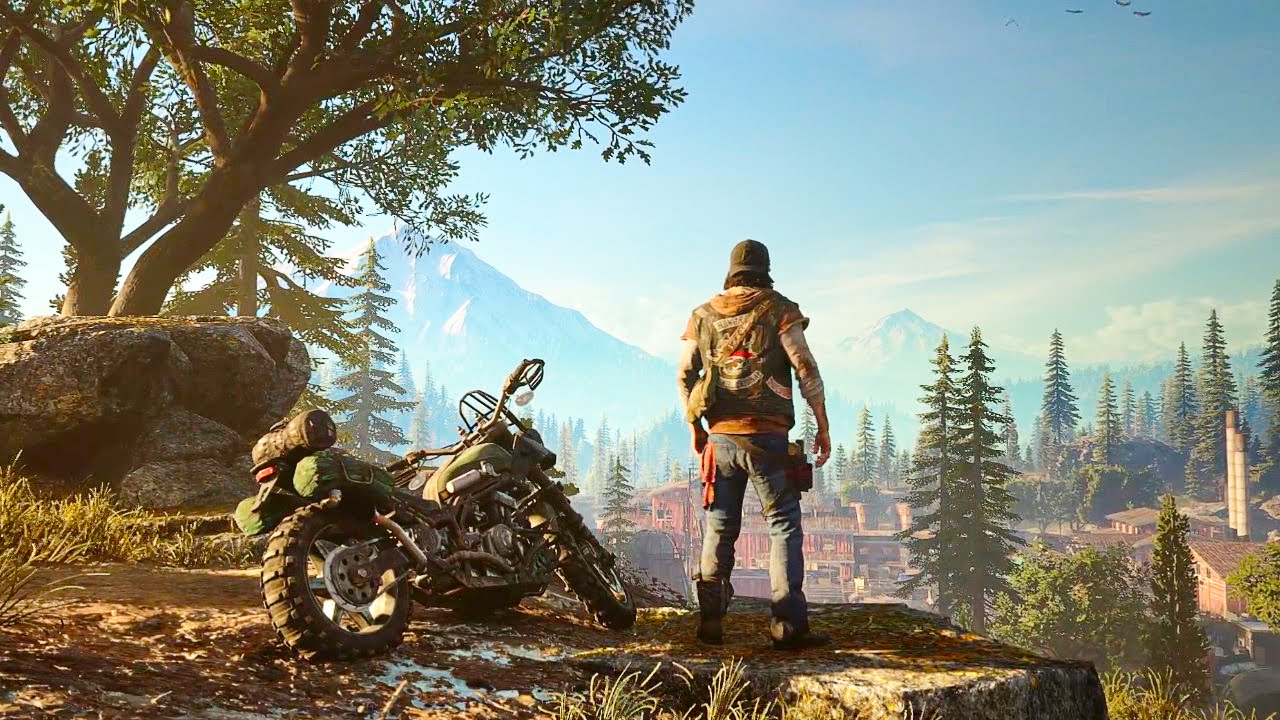
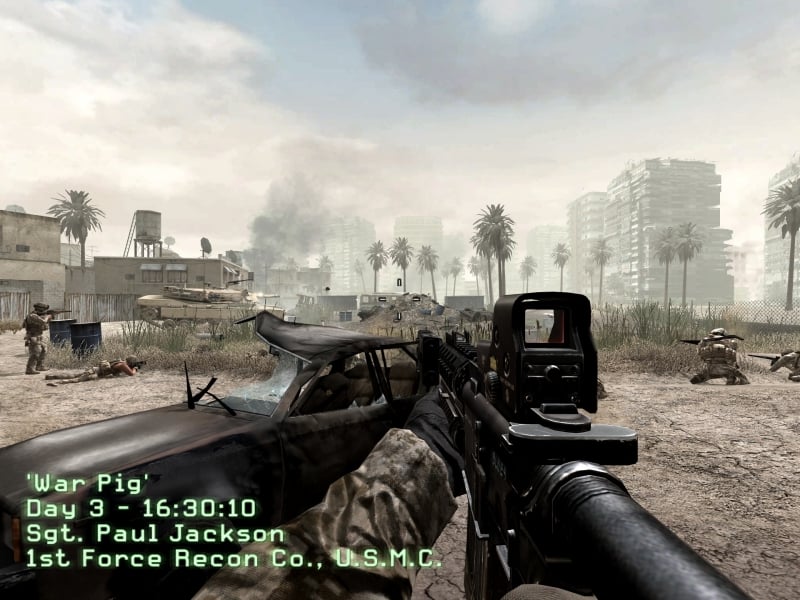

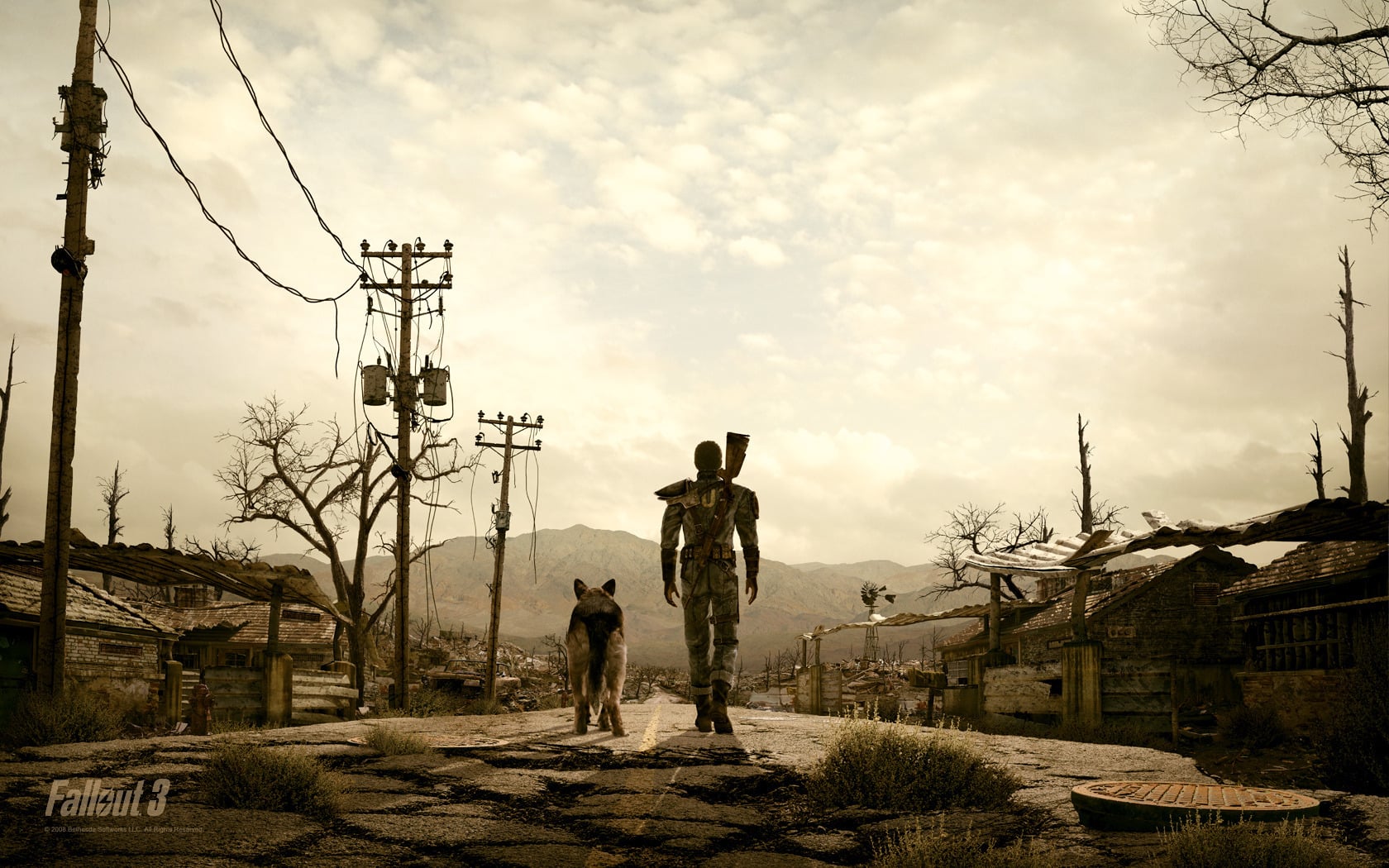
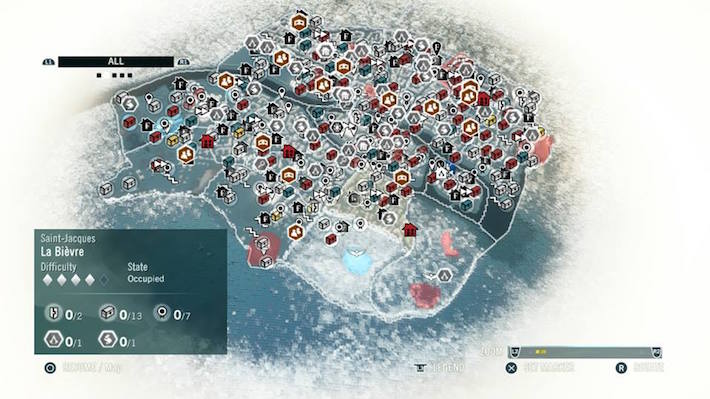
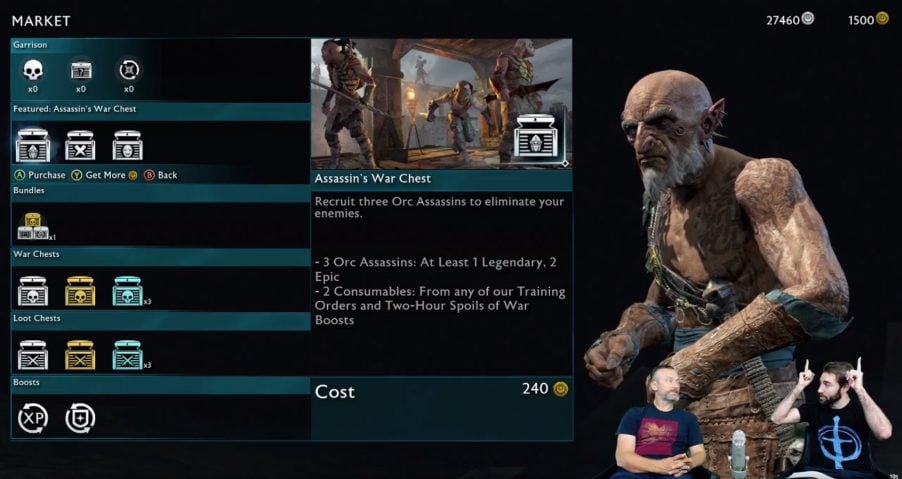
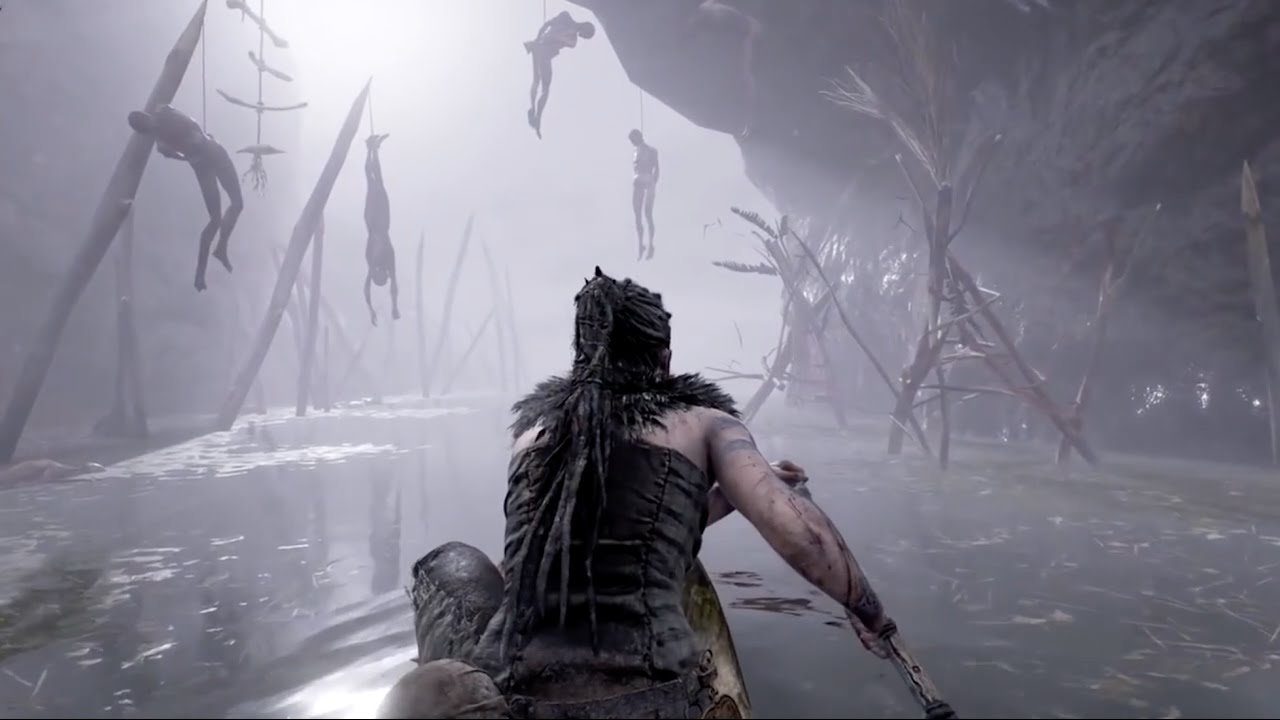
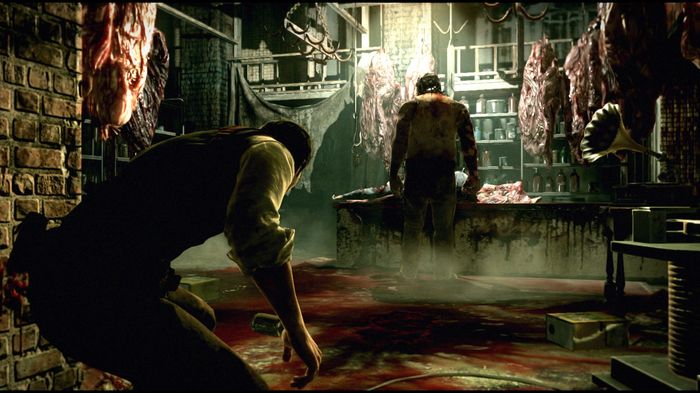





Published: May 13, 2018 01:28 pm